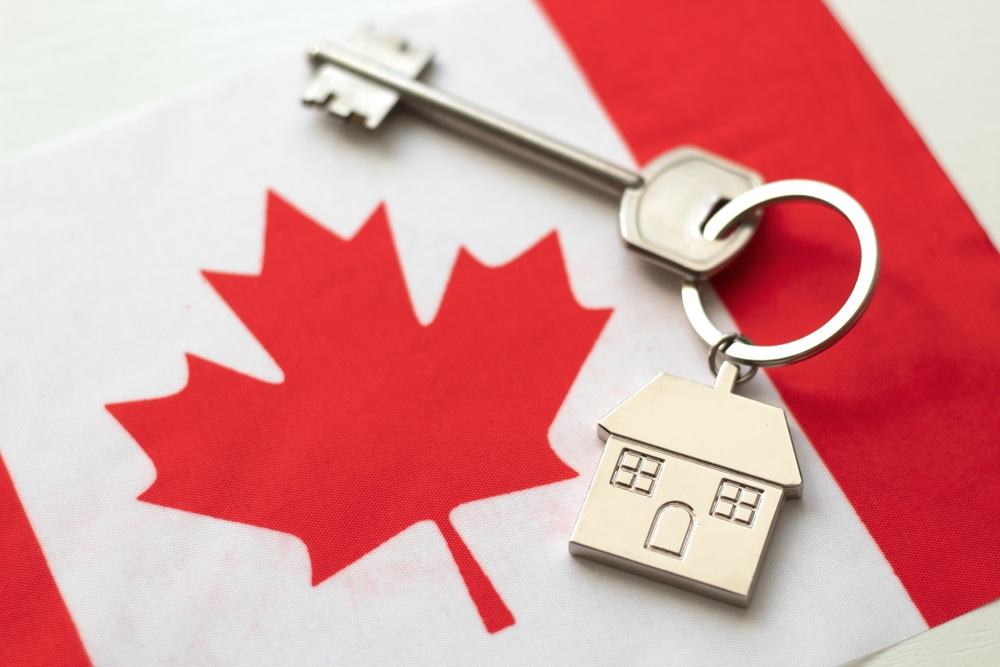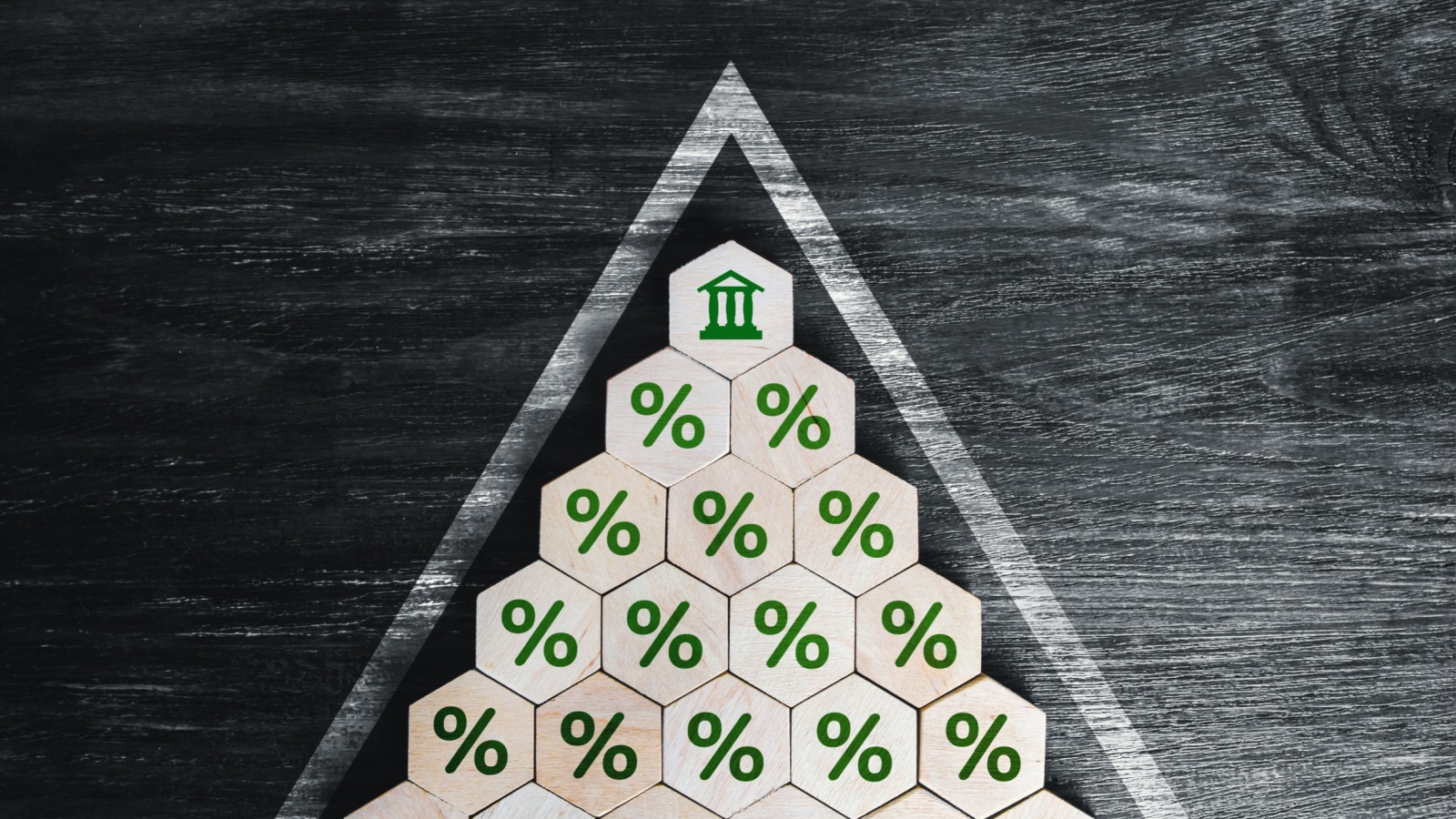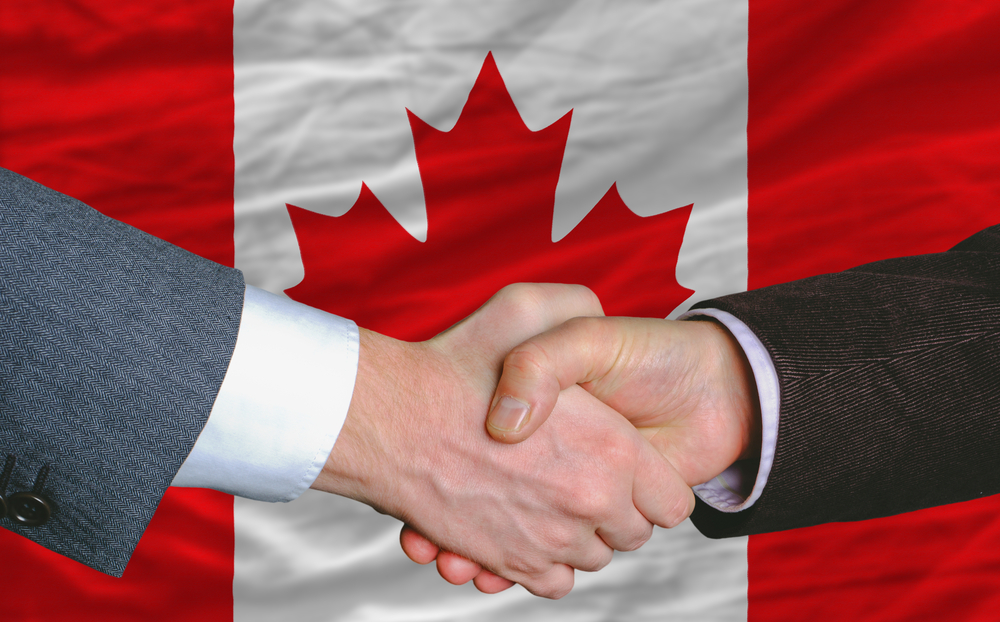Headlines about housing bubbles and overheated markets can make it seem like Canada’s real estate scene is on shaky ground. But beneath the noise, there are solid fundamentals that make the market more resilient than critics suggest. From strong immigration trends and conservative lending rules to the country’s steady job market and tight housing supply, several factors help cushion against sudden collapses. These are 19 reasons Canada’s real estate may be safer than it looks:
Conservative Mortgage Lending Standards

Canada’s lending environment is far stricter than in many countries, thanks to rigorous mortgage stress tests and income verification requirements. Buyers must prove they can afford higher interest rates before qualifying for a loan, which reduces the risk of defaults if borrowing costs rise. These safeguards also prevent speculative buying sprees fueled by risky credit.
Strong Immigration-Driven Demand

Canada’s immigration policies bring in hundreds of thousands of newcomers each year, creating steady housing demand in major cities and smaller communities alike. This ongoing influx helps maintain property values even when local economic conditions slow. New residents often rent first, tightening rental markets, and later transition to homeownership, sustaining long-term growth. With immigration targets remaining high, demand pressures are unlikely to vanish anytime soon, providing a built-in safety net for property prices that might otherwise be more vulnerable to market downturns.
Chronic Housing Supply Shortage

One of the biggest reasons Canada’s real estate prices stay resilient is a lack of supply. Zoning restrictions, lengthy permitting processes, and construction labor shortages have kept new housing builds from keeping pace with population growth. Even in slower markets, the fundamental shortage of available homes supports prices, while in cities like Toronto and Vancouver, limited developable land adds extra pressure. This imbalance between supply and demand means that even when sales cool, prices tend to plateau rather than collapse outright, making market crashes far less likely.
Stable Banking System

Canada’s banking sector is regularly ranked among the safest in the world. The country’s “Big Six” banks are heavily regulated, maintain strong capital reserves, and have weathered past financial crises with minimal damage. This stability reduces the chances of a sudden credit freeze or wave of foreclosures, both of which can trigger property price collapses in less secure markets. Strong oversight from the Office of the Superintendent of Financial Institutions (OSFI) ensures lenders remain cautious, which protects the banks themselves, but also protects homeowners.
Low Foreclosure Rates

Canada’s foreclosure rate remains extremely low by global standards, even during economic slowdowns. Strict lending criteria mean fewer borrowers overextend themselves, and mortgage delinquency rates have historically stayed under 1%. When homeowners do fall behind, lenders often work out repayment plans before moving to repossession, further preventing large numbers of distressed properties from hitting the market. This contrasts sharply with markets where foreclosures can flood the supply, driving down prices. The
Long-Term Homeownership Mindset

In Canada, real estate is often seen less as a speculative quick flip and more as a long-term investment. Many homeowners plan to stay in their properties for years, if not decades, which creates less panic selling during market dips. This cultural approach dampens volatility and makes sudden price crashes less likely. Even investors tend to focus on buy-and-hold rental strategies rather than high-risk, short-term gains. The emphasis on stability over quick profit helps the market remain resilient, even when conditions change, by keeping transaction volumes steady.
Government Intervention When Needed

The Canadian government has a track record of stepping in to prevent real estate crises from spiraling. Policies like mortgage deferrals during the pandemic and first-time homebuyer incentives demonstrate a willingness to stabilize the market during shocks. While not every intervention is perfect, these measures can buy time for homeowners and prevent sudden drops in values. The coordination between federal and provincial programs provides multiple safety nets.
Population Growth in Secondary Markets

While big cities like Toronto and Vancouver get most of the attention, smaller Canadian cities have been experiencing rapid growth, often from residents relocating for more affordable housing. These secondary markets, from Halifax to Kelowna, spread demand more evenly across the country. This geographic diversification means that a slowdown in one region doesn’t necessarily spell trouble nationwide. As more people move to mid-sized cities, housing markets outside the traditional hotspots gain stability, with steady appreciation and fewer dramatic swings, further reducing the overall volatility of Canada’s real estate sector.
Strong Rental Demand

Rental markets across Canada remain incredibly tight, thanks to immigration, delayed homebuying among younger generations, and limited supply. Even when property sales slow, landlords benefit from strong rental income, which helps maintain property values. Investors are less likely to sell at a loss if they can generate steady cash flow, keeping more homes off the resale market during downturns. With vacancy rates in many cities below 2%, rental demand acts as a buffer, supporting both individual landlords and the broader housing market against severe price corrections.
Diverse Economic Base

Canada’s economy is not reliant on a single industry, which helps protect real estate from sector-specific downturns. Resource-rich provinces, tech hubs, manufacturing regions, and service-driven cities each contribute to a balanced national economy. This diversity means that when one area experiences a slowdown, others can help offset the impact on housing demand. Cities like Calgary may face oil market challenges. However, Toronto’s finance sector or Vancouver’s trade connections can still thrive, providing jobs and migration flows that keep the overall market from collapsing in unison.
Historically Resilient During Recessions

Past economic downturns have shown that Canada’s real estate market tends to recover faster than many others. While there can be temporary price dips, they’ve typically been followed by relatively quick rebounds, supported by steady demand and controlled lending. Even the 2008 global financial crisis, which devastated U.S. housing, left Canada’s market largely intact. This historical track record gives both domestic and international investors confidence, reinforcing the perception that Canadian real estate is a safer bet.
Foreign Investor Interest

Despite recent restrictions on foreign buyers, international interest in Canadian property remains strong, particularly in major cities. Many see Canada as politically stable, economically reliable, and attractive for long-term investment. While domestic demand drives most of the market, foreign buyers often target higher-end properties, injecting capital that helps support construction and related industries. Even with tighter rules, foreign demand has a stabilizing effect by diversifying the buyer base and reducing reliance solely on local economic conditions, making sharp market downturns less likely to spread unchecked.
Cautious Construction Growth

Unlike some countries that overbuild during booms, Canada’s construction industry tends to expand more cautiously. Developers face stringent approval processes and financing requirements, which limit the risk of massive oversupply. This measured pace means that when demand slows, there isn’t a glut of empty homes dragging prices down. While critics argue it contributes to the housing shortage, the upside is a more stable market with less chance of collapse due to speculative overbuilding.
Strong Job Market in Key Regions

Canada’s largest housing markets are supported by robust local economies, with steady employment in finance, technology, healthcare, education, and government. These high-employment sectors provide a stable income base for homeowners, reducing the risk of widespread defaults. Even when national unemployment rises, cities like Ottawa, Toronto, and Vancouver often weather it better due to diverse, well-paying industries. A strong labor market means more people can consistently meet mortgage payments, keeping foreclosure rates low and maintaining property values.
Mortgage Amortization Flexibility

Canadian mortgages often come with flexible terms that allow homeowners to adjust payments, refinance, or extend amortization periods during tough times. This adaptability makes it easier to avoid foreclosure when financial circumstances change. Lenders frequently work with borrowers to restructure loans rather than immediately pursuing repossession. The availability of such options not only protects individual homeowners but also helps the overall housing market by preventing a sudden influx of distressed properties.
Rising Household Wealth

Many Canadian households have seen their net worth grow substantially over the past decade, thanks to rising property values, strong stock market performance, and disciplined savings habits. This accumulated wealth acts as a financial cushion, allowing homeowners to handle unexpected costs or temporary income losses better. It also means more people can pay down mortgages faster, reducing their vulnerability to interest rate hikes. With stronger household balance sheets, the likelihood of a wave of forced sales during an economic slowdown is significantly reduced.
Government-Backed Mortgage Insurance

Canada Mortgage and Housing Corporation (CMHC) and other insurers protect lenders from losses on high-ratio mortgages, making them more willing to extend credit even in uncertain times. This system ensures that, in the event of a borrower default, the risk is spread rather than concentrated. For the market, it means more consistent access to financing, which helps maintain transaction activity during downturns. Mortgage insurance also creates an added layer of discipline, as insured loans must meet strict qualification standards, indirectly bolstering the overall health of the housing sector.
Urban Densification Trends

Canadian cities are steadily embracing higher-density housing, from condos to mixed-use developments. This shift not only increases housing supply but also spreads demand across different property types and price ranges. Buyers priced out of detached homes can still enter the market through smaller units, sustaining activity levels, while densification also makes cities more livable and economically vibrant, attracting ongoing investment. By diversifying the housing stock, urban areas can better absorb changes in demand without dramatic price swings.
Cultural Value Placed on Homeownership

Owning a home is deeply ingrained in Canadian culture, with many seeing it as a key milestone in life and a primary means of building wealth. This widespread aspiration sustains demand across economic cycles, as people prioritize saving for down payments and maintaining their mortgages. Even during slow markets, the cultural pull toward ownership keeps transaction volumes from collapsing entirely. Combined with strong immigration and stable financing systems, this ingrained value helps underpin the housing market, making it far less vulnerable to the kinds of collapses seen elsewhere.
21 Products Canadians Should Stockpile Before Tariffs Hit

If trade tensions escalate between Canada and the U.S., everyday essentials can suddenly disappear or skyrocket in price. Products like pantry basics and tech must-haves that depend on are deeply tied to cross-border supply chains and are likely to face various kinds of disruptions
21 Products Canadians Should Stockpile Before Tariffs Hit
